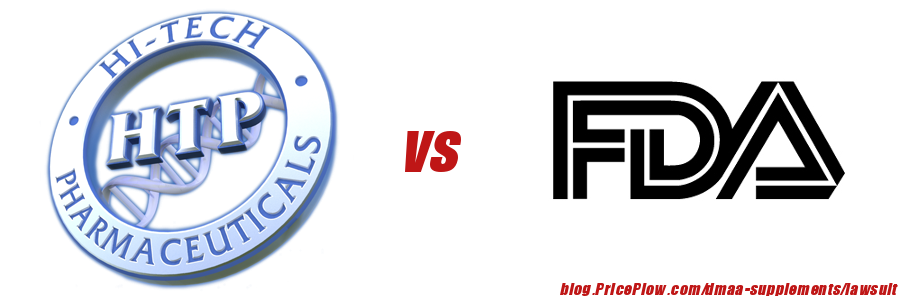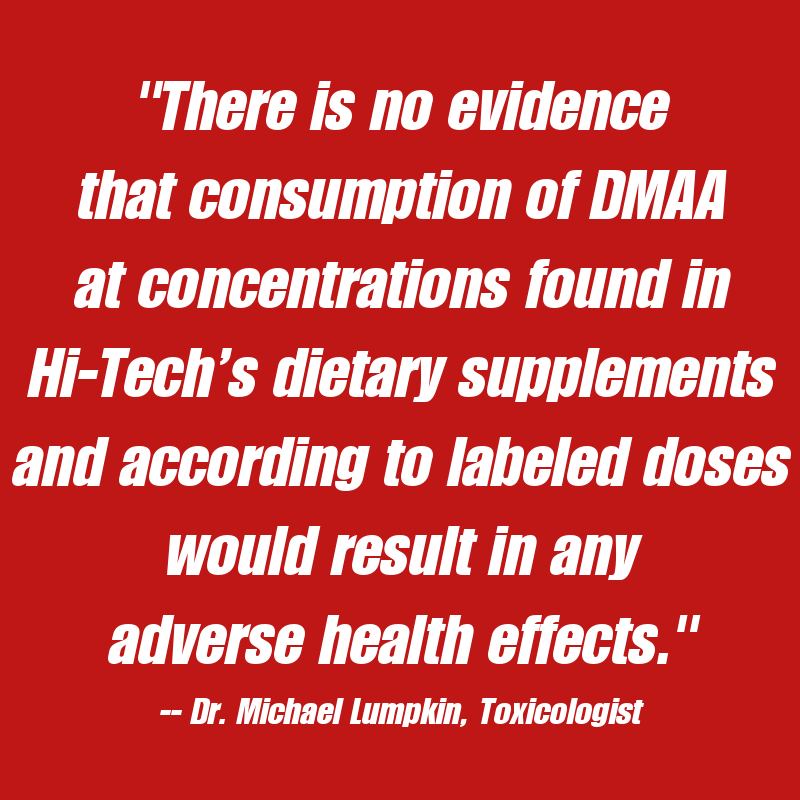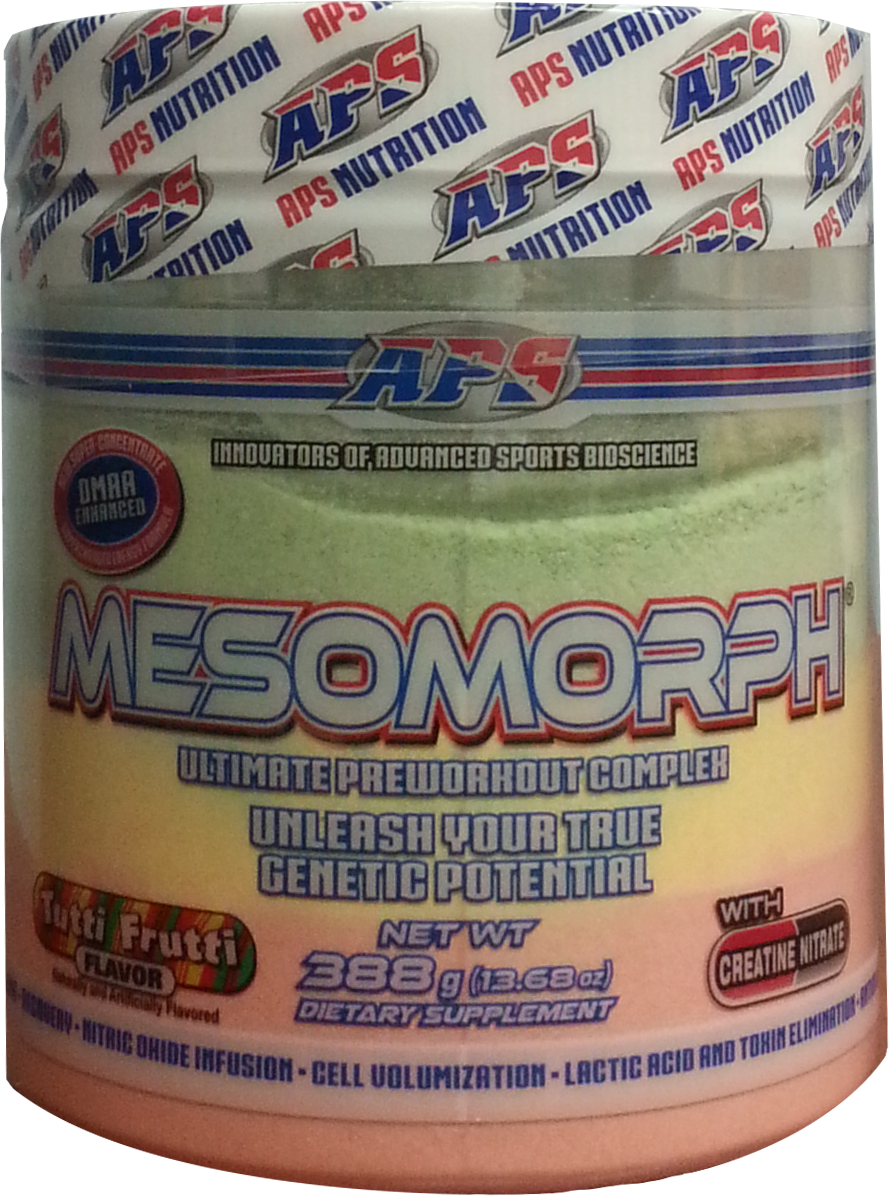Last night, we published proof beyond a shadow of a doubt that DMAA is natural, as DMAA is indeed found in geraniums. The latest documents uncovered in the Hi-Tech Pharma vs. FDA DMAA lawsuit show a wreckless and purposeful line of corruption and cover-up on the government's behalf -- as well as other third parties involved -- to lie to the public about the originating nature of DMAA.

The epic DMAA lawsuit showdown is winding down, and we've found massive amounts of conspiracy to commit fraud - paid for by YOU.
However, despite DMAA now proven natural, some readers had always believed that to be the case, and were more concerned with the safety of DMAA in doses used in supplements.
During the court case, a 586-page PDF was submitted, containing just the first exhibits of evidence presented by Hi-Tech Pharma's attorney, Jack Wenik. Inside is Exhibit 2, a toxicology report by Dr. Michael Lumpkin, Senior Toxicologist at the Center for Toxicology and Environmental Health, LLC (CTEH), who submitted the following information under penalty of perjury:
The DMAA Safety and Toxicology Report
Below is a summarized list of what was discovered by Lumpkin, after reviewing every piece of evidence known about DMAA, including things we've never before seen:
-
DMAA is SAFE at Doses Recommended in Hi-Tech's Labels
All of the studies reviewed show that DMAA is safe for healthy individuals when used at the doses on Hi-Tech's labels, which are 90mg or less.
Although exposure to DMAA can lead to modest increases in systolic and diastolic blood pressure, tremors and other symptoms at sufficient concentrations and dose exposures (i.e. >100 mg doses), there is no evidence that consumption of DMAA at concentrations found in Hi-Tech’s dietary supplements and according to labeled doses would result in any adverse health effects.
Unfortunately, no "safe maximum daily dosage" has been established, but 90mg seems like the best place to top out for most average-sized users just to be conservative.
-
The worst DMAA events come from gross abuse
Two studies referenced (Gee et al. (2010, 2012)) reported four cases of cerebral stroke that occurred temporally with recreational use of DMAA as a party drug at doses up to ten times higher than would be recommended in dietary supplements.
These pills contained up to 600mg DMAA - well over six times the dose of any serving of Hi-Tech Pharmaceuticals supplement.
Further, three of the four cases had concomitant alcohol consumption.
In addition, similar types of misuse was presented in the now-dismissed wrongful death case of Jack3d.
It should go without stating, but DO NOT USE ANY DIETARY INGREDIENT IN THIS MANNER and do not use untrustworthy products! Never mix with alcohol, and never use more than the maximum dosage stated on the bottle!
The negative press that these incidents caused put a major strain on the sports nutrition side of the market, despite the fact that no sports nutrition company ever recommended such large doses.
-
Soldiers taking DMAA were 40% less likely to have an adverse event
The toxicology report makes use of Col. John Lammie's Department of Defense report, which was the largest human-based query into DMAA usage.
From the DoD report:[1]
Soldiers reporting DMAA use in 2011 had almost 40% lower odds of having an adverse medical outcome (crude OR: 0.63, 95% CI: 0.47, 0.84), though this effect diminished and lost statistical significance when adjusting for covariates (adjusted OR: 0.85, 95% CI: 0.59, 1.23) (Table 4B).[1]
So while there had been some adverse events in the military with users who had taken DMAA (many of them with very low levels in their blood), at the end of the day, the DoD reported that DMAA users had fewer adverse events.
Now realize that correlation does not mean causation -- this is likely due to the users of Jack3d (at the time) being the healthier, more fitness-oriented athletes in the military -- so they likely fitter than the controls.
It cannot be avoided that injuries occur during military training - with or without supplements - especially in bad weather. But either way, the DMAA users ultimately experienced fewer adverse events, and that data cannot be refuted.
-
Vitamin C has more adverse events than DMAA
Between July 22, 2005 and April 29, 2015, there were 35 adverse event reports (AERs) associated with Hi-Tech Pharmaceuticals products, yet Hi-Tech Pharma sold 3,755,578 units from October 2010 through 2015 alone. If every capsule had been taken, that would be a total of 205,674,645 servings in just the last five years.
Only six of those adverse events specifically mention DMAA - the other 29 say "unknown", but they can be included to be conservative.
Contrast that to Vitamin C, which had 4,771 AERs between Q4-2012 through 2014 alone, of which 7 were associated with death and 2,530 were categorized as life threatening, disabling, or requiring hospitalization. Numbers for multivitamins are even higher.
Now, Dr. Lumpkin openly admits that "This comparison does not suggests that vitamin C or multivitamin dietary supplements incur a higher risk of adverse health effects than DMAA; there are likely far more vitamin C and multivitamin product users in the U.S. than DMAA-containing product users over this time period. But he goes on to add that "It does, however, suggest that the CAERS data should be used as a trigger for further, more rigorous investigation, but not for establishing disease causation or for serving as the sole basis for public health declarations.
What's the point? On placebos and competing poor manufacturing processes
Point being, the AER rate for DMAA is extraordinarily low. Vitamin C supplements are almost absolutely safe - so why so many AERs? Two ideas:
-
The placebo effect works for adverse events as much as it does for benefits.
Were those AERs really adverse events, and were they really attributed to the Vitamin C (or DMAA)?
How can you be so sure, knowing how safe something like Vitamin C is and still seeing huge numbers of AERs? This lends to Dr. Lambert's point that AERs are not enough to establish disease causation.
-
There are some terrible manufacturers out there - and Hi-Tech is not one of them
If someone's Vitamin C really did cause problems, there's a good chance it wasn't a well-manufactured Vitamin C, to say the least. So in the next bullet point, you can read about Hi-Tech's manufacturing audits by the FDA (hint: they grade better than the Big Pharma companies that make prescription drugs).
Last year, we touched upon the idea of other bad manufacturers ruining a good thing in our ephedra blog post -- the ephedra/ephedrine situation was essentially crushed by a trifecta combination of poor consumer choices, poor manufacturing, and overzealous FDA-driven media. Sound familiar?
So let's see what Dr. Lumpkin found with Hi-Tech's FDA audits:
-
-
Hi-Tech's Facilities are Impeccable
Despite several FDA inspections, Hi-Tech Pharmaceuticals has had zero Form 483 Inspection Citations from the FDA between 2001 and 2013.
With this perfect record, Hi-Tech's facilities have officially had less violations than pharmaceutical companies such as Sanofi-Aventis, Novartis, and Pfizer. Those "big pharma" companies totaled hundreds of observed deficiencies, and although they were inspected more frequently, their rates are far higher than Hi-Tech Pharma's, which is zero.
-
When all's said and done, DMAA may be the most well-researched sports nutrition ingredient outside of caffeine, creatine, and protein
Most dietary supplement ingredients don't have this many citations, peer-reviewed research, and toxicology support. The research is continually mounting, and it continues to say that DMAA IS SAFE.
Stay tuned to our blog, our DMAA Lawsuit page, and to our YouTube channel.
You can also see our DMAA Supplement List as well.




Comments and Discussion (Powered by the PricePlow Forum)